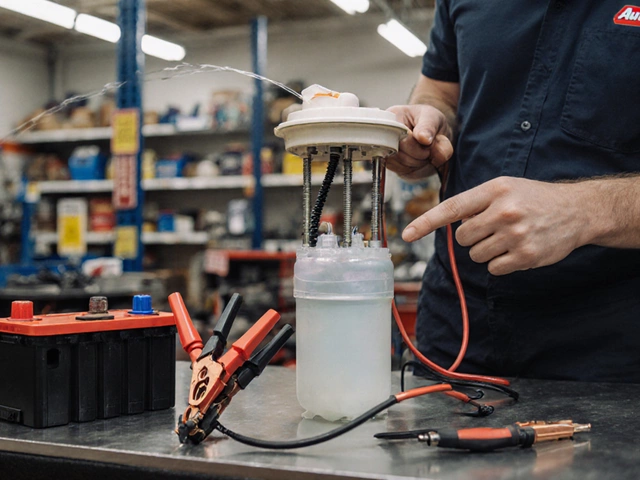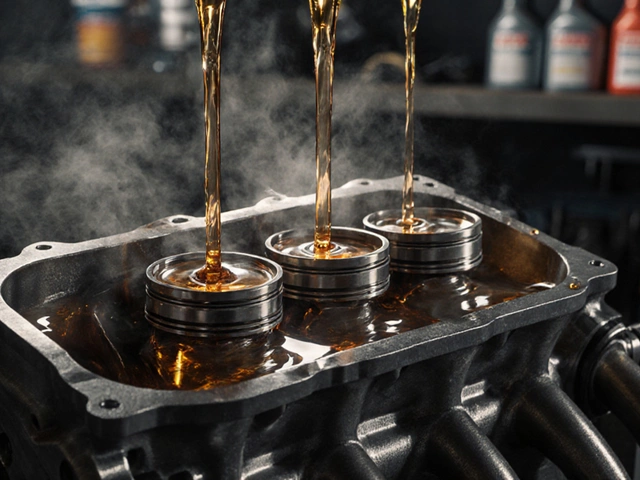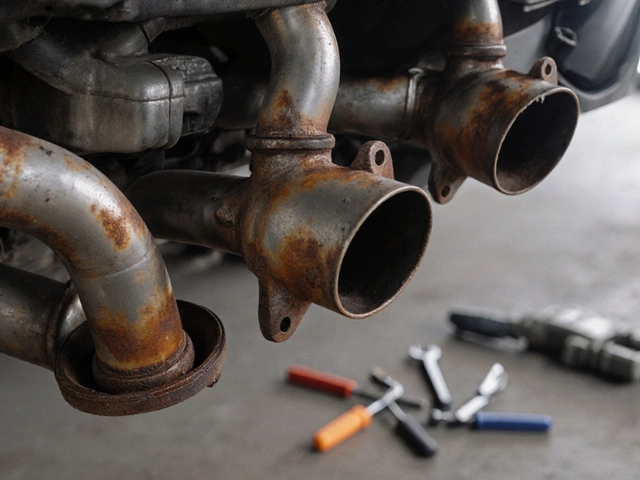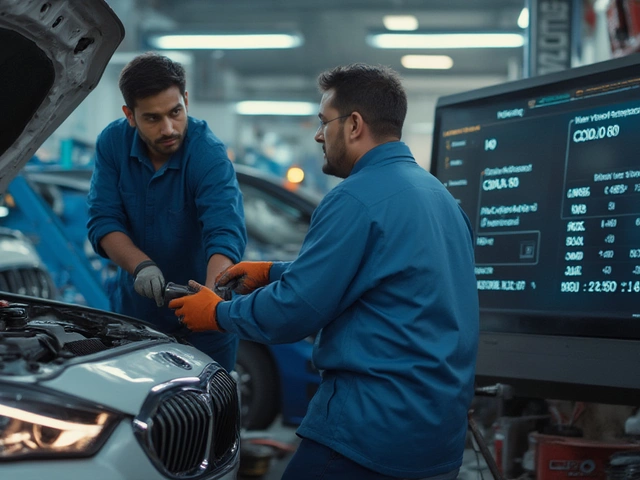Exhaust Installation: What You Need to Know Before You Start
When you think about exhaust installation, the process of replacing or upgrading a vehicle's exhaust system to improve performance, sound, or efficiency. Also known as exhaust system upgrade, it’s not just about making your car louder—it’s about how gases flow out, how heat is managed, and how much backpressure is reduced. A poorly installed exhaust can hurt performance, trigger check engine lights, or even create dangerous fumes inside the cabin.
Exhaust system, the complete pathway that carries engine gases from the manifold to the tailpipe, including pipes, mufflers, catalytic converters, and resonators. It’s a chain of parts that all work together. If one piece is mismatched, rusted, or poorly fitted, the whole system suffers. Many people focus only on the muffler or the tailpipe, but the exhaust pipe, the metal tubing that connects the engine to the rear of the car, often made of stainless steel or aluminized steel is just as critical. A wrong size or bend can choke your engine instead of helping it breathe. And if you’re replacing a factory system with a performance one, you need to know whether your car’s ECU will need a tune to match the new flow rates.
Most exhaust installations fall into three categories: simple muffler swaps, full cat-back systems, and header-to-tailpipe upgrades. The first is the easiest—just unbolt the old muffler and bolt on the new one. The second, a cat-back system, replaces everything from the catalytic converter back. That’s where you get real gains in sound and sometimes power. The third, full systems, include headers and often require professional tuning. If you’re doing this yourself, you’ll need jack stands, wrenches, penetrating oil, and maybe a torch if bolts are seized. Don’t skip the clamps or hangers—loose parts rattle, wear out faster, and can fall off while driving.
Don’t assume all aftermarket exhausts are better. Some are louder but don’t flow better. Some use thin metal that rusts in a year. Brands like MagnaFlow and Flowmaster, mentioned in several posts here, offer different sound profiles and build qualities. Check if the system is legal in your region—some states ban overly loud exhausts or require emissions-compliant catalytic converters. And if your car is older, make sure the new system fits your frame. A system designed for a 2020 model won’t bolt onto a 2005 version without modification.
What you’ll find in the collection below are real-world guides on choosing the right exhaust, comparing brands, understanding how installation affects performance, and spotting when your current system is failing. Whether you’re replacing a rusted pipe, upgrading for better sound, or trying to squeeze out more horsepower, these posts give you the straight facts—not marketing fluff. No guesswork. Just what works.
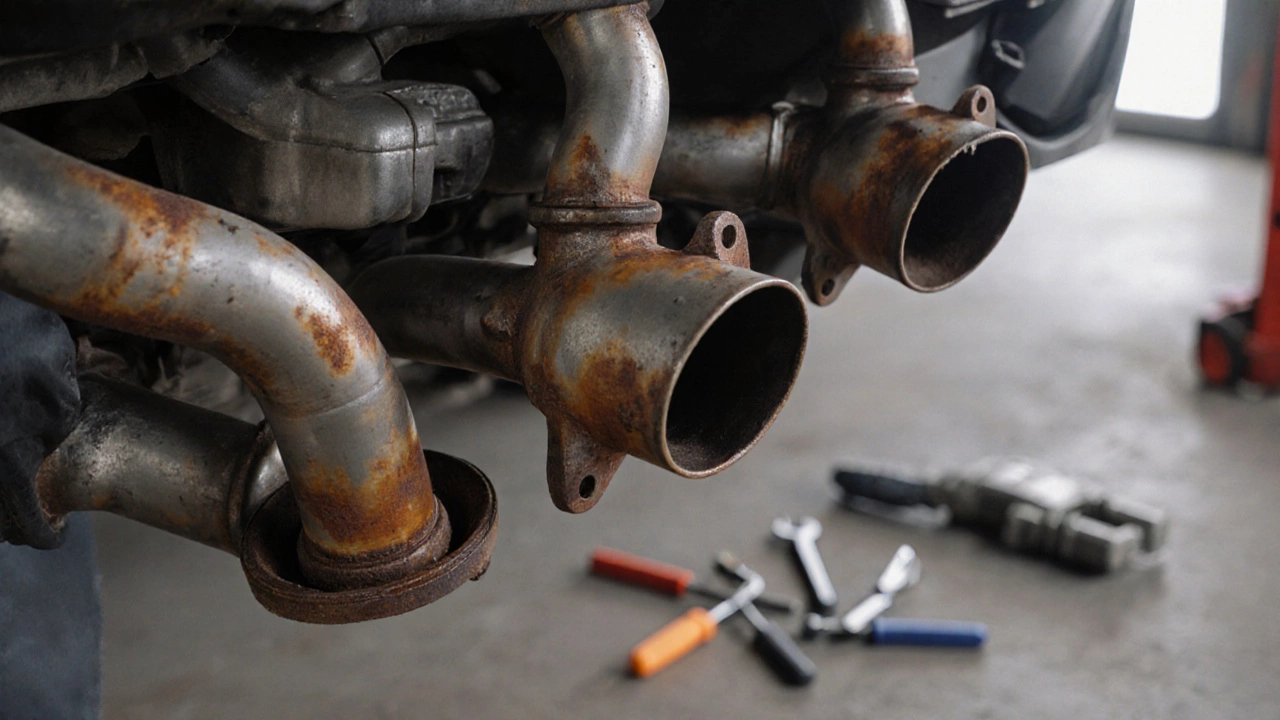
How Much Does a Full Exhaust System Cost? 2025 Prices Explained
Find out how much a full exhaust system costs in 2025 based on your vehicle type, material choices, and installation options. Get real prices, expert tips, and what to avoid.
CONTINUE READING
